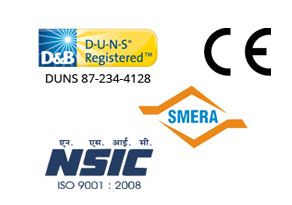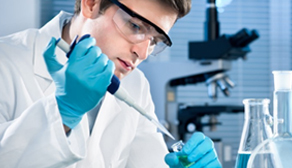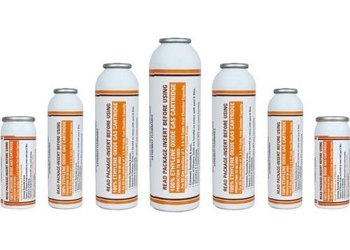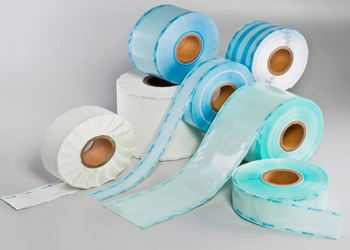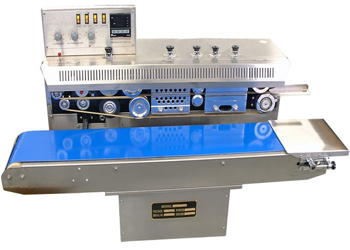In today’s healthcare environment, the rise of emerging diseases is not just a medical concern-it’s a technological challenge. Pathogens like SARS-CoV-2, new strains of influenza and antibiotic-resistant bacteria have exposed weaknesses in traditional sterilization methods. This evolving threat landscape is pushing manufacturers and healthcare providers to rethink their approach to medical device sterilization.
Modern medical sterilizer machines, sterilization devices and related technologies are no longer just about compliance. They are at the forefront of infection prevention. Here’s why innovation in this space has become urgent and how it’s shaping the future of global healthcare.
The Rising Threat of Emerging Pathogens Requires Smarter Sterilization Devices
Outbreaks are more frequent, fast-spreading and harder to control. Pathogens today are more resistant to traditional disinfection methods and some can survive on surfaces for extended periods.
Why Traditional Methods are not Enough?
- New viruses may resist basic disinfection chemicals.
- Bacterial strains develop resistance to heat and humidity over time.
- High patient turnover increases the risk of cross-contamination.
As a result, modern sterilizer devices (स्टरलाइज़र उपकरण) must offer deeper penetration, higher precision and adaptable sterilization cycles to meet a wide range of microbial threats.
Medical Device Sterilization is the Backbone of Infection Control
No matter how advanced the healthcare system is, sterilization is the foundation of infection prevention. Every reusable instrument-from scalpel to catheters-must be decontaminated thoroughly.
Key Objectives of Medical Sterilization:
- Eliminate all microbial life, including spores and resistant bacteria.
- Ensure patient safety during surgical or diagnostic procedures.
- Reduce hospital-acquired infections (HAIs) across departments.
Using an advanced sterilizer machine for medical instruments ensures that all tools are reliably processed, supporting safer outcomes and regulatory compliance.
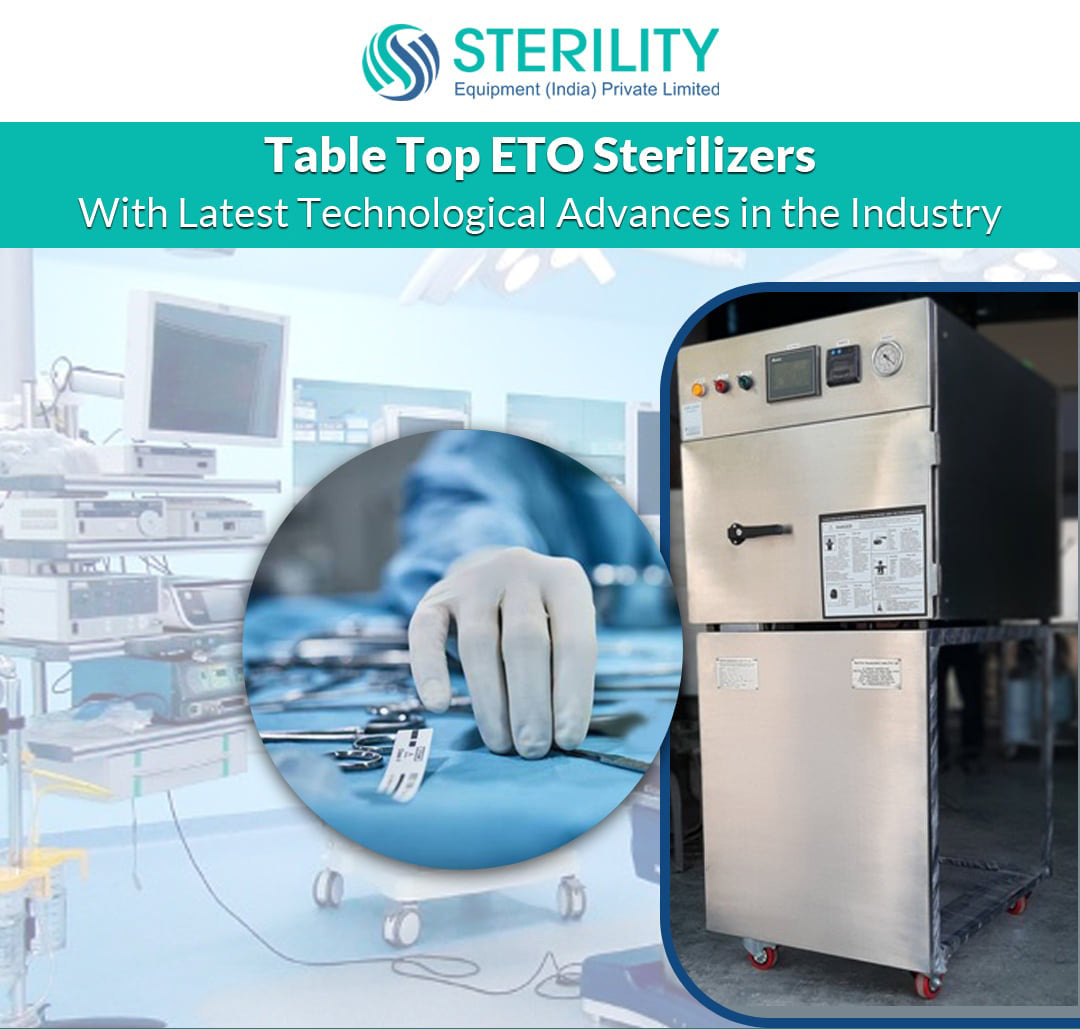
Automation and Monitoring in Medical Device Sterilization Improves Accuracy
Human error has always been a vulnerability in sterilization processes. Innovations in sterilizing equipment now include automation and digital control systems that reduce risks and improve efficiency.
Modern Features Include:
- Pre-set sterilization cycles based on instrument type.
- Digital logs of every cycle for easy compliance audits.
- Sensors for pressure, humidity and gas concentration.
Automated systems ensure the sterility of medical devices with minimal manual intervention, which is essential in high-pressure healthcare environments.
Portable Sterility Medical Device Support Remote and Emergency Care
Pandemics and disasters require mobile sterilization solutions. Traditional large autoclaves aren’t suitable for temporary or mobile setups. That’s where sterility medical device (बाँझपन मेडिकल उपकरण) in compact and portable formats come in.
Benefits in Crisis Situations:
- Can be deployed in field hospitals or rural clinics.
- Run on minimal power and don’t require permanent installation.
- Offer quick sterilization for instruments in remote locations.
Innovative portable units are now a core part of preparedness planning for healthcare systems worldwide.
Sterilization of Medical Devices Adapting to Complex Tools
As medical tools evolve, so must sterilization methods. Laparoscopic tools, endoscopes and robotic surgical devices have intricate designs that are harder to sterilize thoroughly.
Key Challenges Addressed:
- Internal channels and lumens are difficult for steam to reach.
- Materials like rubber, silicone and polymers require lower temperatures.
- Complex electronics cannot tolerate high humidity.
The sterilisation of medical devices now involves adaptive cycles, enhanced drying phases and smarter packaging to ensure every surface is pathogen-free.
Faster Turnaround Times with Next-Gen Medical Sterilizers
During an outbreak, time is critical. Hospitals can’t afford to wait hours for instrument processing. New medical sterilizer (मेडिकल स्टरलाइज़र) are built for speed and performance.
Performance Upgrades:
- Shorter cycles with rapid heating and vacuum stages.
- Integrated drying for ready-to-use instruments.
- Simultaneous processing of multiple loads with compartmentalized chambers.
Faster sterilization directly improves patient throughput and helps maintain treatment schedules during peak demands.
Medical Device Sterilisation with Traceability for Compliance
Documentation is vital. Healthcare regulators require full traceability for all sterilization processes. Advanced medical device sterilization equipment now includes:
- Barcode-based instrument tracking.
- Cloud-connected data storage for cycle logs.
- Tamper-proof records for legal and insurance requirements.
This ensures that sterilization history is transparent and easily accessible-supporting accountability and safety at all levels.
Cross-Industry Adoption Expands Sterility Medical Device Applications
Sterilization is no longer limited to hospitals. With emerging diseases affecting various sectors, the need for sterility medical devices is expanding to:
- Veterinary clinics and animal research labs.
- Pharmaceutical manufacturing and packaging zones.
- Biotechnology research and development centers.
Each setting demands sterilization protocols tailored to specific equipment and pathogens-pushing device to build more versatile systems.
Conclusion
Emerging diseases are changing the healthcare landscape permanently. With increasing complexity in instruments and heightened infection risks, modern medical device sterilizer (मेडिकल उपकरण स्टरलाइज़र) has become non-negotiable.
Innovation in medical sterilizer machines, sterilizing equipment and sterility medical devices is helping healthcare systems stay agile, safe and compliant. From hospitals to field clinics, the right sterilization technology is now seen not just as supportive, but as a cornerstone of public health readiness.

